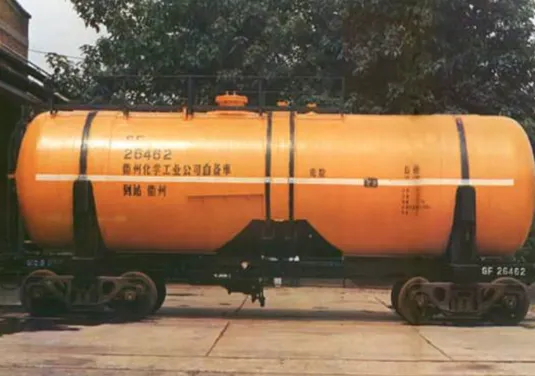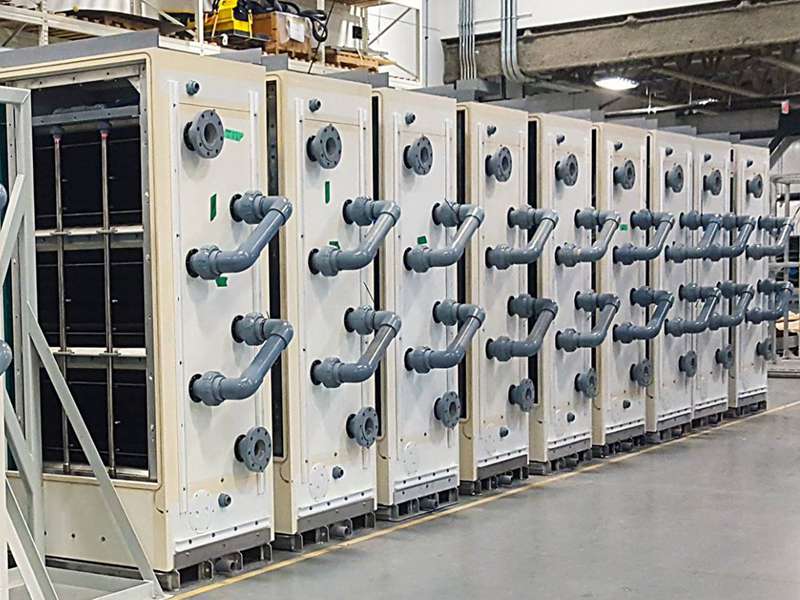
-
 Afrikaans
Afrikaans -
 Albanian
Albanian -
 Amharic
Amharic -
 Arabic
Arabic -
 Armenian
Armenian -
 Azerbaijani
Azerbaijani -
 Basque
Basque -
 Belarusian
Belarusian -
 Bengali
Bengali -
 Bosnian
Bosnian -
 Bulgarian
Bulgarian -
 Catalan
Catalan -
 Cebuano
Cebuano -
 China
China -
 China (Taiwan)
China (Taiwan) -
 Corsican
Corsican -
 Croatian
Croatian -
 Czech
Czech -
 Danish
Danish -
 Dutch
Dutch -
 English
English -
 Esperanto
Esperanto -
 Estonian
Estonian -
 Finnish
Finnish -
 French
French -
 Frisian
Frisian -
 Galician
Galician -
 Georgian
Georgian -
 German
German -
 Greek
Greek -
 Gujarati
Gujarati -
 Haitian Creole
Haitian Creole -
 hausa
hausa -
 hawaiian
hawaiian -
 Hebrew
Hebrew -
 Hindi
Hindi -
 Miao
Miao -
 Hungarian
Hungarian -
 Icelandic
Icelandic -
 igbo
igbo -
 Indonesian
Indonesian -
 irish
irish -
 Italian
Italian -
 Japanese
Japanese -
 Javanese
Javanese -
 Kannada
Kannada -
 kazakh
kazakh -
 Khmer
Khmer -
 Rwandese
Rwandese -
 Korean
Korean -
 Kurdish
Kurdish -
 Kyrgyz
Kyrgyz -
 Lao
Lao -
 Latin
Latin -
 Latvian
Latvian -
 Lithuanian
Lithuanian -
 Luxembourgish
Luxembourgish -
 Macedonian
Macedonian -
 Malgashi
Malgashi -
 Malay
Malay -
 Malayalam
Malayalam -
 Maltese
Maltese -
 Maori
Maori -
 Marathi
Marathi -
 Mongolian
Mongolian -
 Myanmar
Myanmar -
 Nepali
Nepali -
 Norwegian
Norwegian -
 Norwegian
Norwegian -
 Occitan
Occitan -
 Pashto
Pashto -
 Persian
Persian -
 Polish
Polish -
 Portuguese
Portuguese -
 Punjabi
Punjabi -
 Romanian
Romanian -
 Russian
Russian -
 Samoan
Samoan -
 Scottish Gaelic
Scottish Gaelic -
 Serbian
Serbian -
 Sesotho
Sesotho -
 Shona
Shona -
 Sindhi
Sindhi -
 Sinhala
Sinhala -
 Slovak
Slovak -
 Slovenian
Slovenian -
 Somali
Somali -
 Spanish
Spanish -
 Sundanese
Sundanese -
 Swahili
Swahili -
 Swedish
Swedish -
 Tagalog
Tagalog -
 Tajik
Tajik -
 Tamil
Tamil -
 Tatar
Tatar -
 Telugu
Telugu -
 Thai
Thai -
 Turkish
Turkish -
 Turkmen
Turkmen -
 Ukrainian
Ukrainian -
 Urdu
Urdu -
 Uighur
Uighur -
 Uzbek
Uzbek -
 Vietnamese
Vietnamese -
 Welsh
Welsh -
 Bantu
Bantu -
 Yiddish
Yiddish -
 Yoruba
Yoruba -
 Zulu
Zulu
Structural Design of Large Fiberglass Tanks
The structural design of Large Fiberglass Tanks requires specialized engineering to ensure durability, safety, and long-term performance. These substantial storage solutions demand careful consideration of material properties, load requirements, and environmental factors.

Key Features of Fiberglass Tanks For Sale
• Fiberglass Tanks For Sale feature advanced structural designs for various industrial applications
• Engineered with high-strength fiberglass reinforced plastic (FRP) materials
• Designed to withstand internal pressures and external loads
• Customizable structural reinforcements based on capacity requirements
• Corrosion-resistant construction for long service life
• Available in vertical and horizontal configurations
• Compliant with international structural standards
Structural Considerations for Underground Fiberglass Tanks
• Underground Fiberglass Tanks require specialized structural designs for soil loading
• Engineered to resist hydrostatic pressure from groundwater
• Reinforced construction to handle backfill stresses
• Special ribbing patterns for added structural integrity
• Buoyancy prevention systems incorporated in design
• Corrosion-resistant materials for underground environments
• Leak-proof joint designs for environmental protection
Design Elements of Large Fiberglass Tanks
• Large Fiberglass Tanks utilize advanced computer-aided design (CAD) modeling
• Structural analysis performed using finite element analysis (FEA)
• Wall thickness optimization for strength and weight balance
• Customizable support systems (legs, saddles, or rings)
• Integrated stiffening ribs for added structural support
• Nozzle and fitting reinforcements at stress points
• Laminated construction for maximum durability
Large Fiberglass Tanks Material Specifications for Structural Integrity
• High-performance vinyl ester resin systems
• Multi-layer fiberglass reinforcement
• Corrosion barrier with C-glass veil
• Structural layer with woven roving and chopped strand mat
• UV-resistant exterior gel coat
• Optional carbon fiber reinforcement for high-stress areas
• Food-grade interior surfaces available
Large Fiberglass Tanks Quality Assurance in Structural Design
• ASME RTP-1 compliant designs
• ASTM D3299 standard compliance
• Third-party engineering review available
• Prototype testing for custom designs
• Material certification for all components
• Non-destructive testing methods
• Structural load testing verification
Fiberglass Tanks For Sale FAQs
Q: What are the unique selling points of Fiberglass Tanks For Sale compared to other materials?
A: Fiberglass tanks for sale have several distinct advantages. First, their corrosion resistance is outstanding. While metal tanks rust when exposed to moisture, chemicals, or certain environmental conditions, fiberglass remains intact, making it perfect for storing aggressive substances like acids, alkalis, and various industrial chemicals. Second, these tanks are lightweight. This characteristic simplifies transportation and installation, reducing associated costs. Despite being light, fiberglass tanks are extremely strong and can endure significant pressure and mechanical stress. They also possess excellent thermal insulation, which minimizes heat transfer and helps maintain the temperature of stored contents, a crucial feature for temperature - sensitive materials. Additionally, their smooth interior surface prevents residue accumulation, making cleaning and maintenance much easier.
Q: What are the key installation steps for Underground Fiberglass Tanks?
A: Installing underground fiberglass tanks demands careful planning and precise execution. The first step is choosing the right location. It should have stable soil to support the tank's weight and avoid soil movement. Areas with high groundwater levels or flood risks should be avoided. Next, proper excavation of the tank pit is necessary. The pit should be slightly larger than the tank to allow for easy placement and backfilling. After positioning the tank in the pit, backfill it with suitable materials such as clean sand or gravel. Compact the backfill in layers to evenly distribute the load and prevent the tank from shifting or floating. Before finalizing the installation, conduct leak testing to ensure the tank's integrity. Finally, seal and inspect all connections, including inlet and outlet pipes, to prevent leakage.
Q: How do I determine the appropriate size for Large Fiberglass Tanks?
A: Deciding on the right size for large fiberglass tanks involves considering multiple factors. First, assess the volume of the substance to be stored. Calculate the quantity based on daily usage, production rates, or storage needs over a specific period. For instance, in an industrial setting, if you produce a certain volume of liquid daily and need to store it for a week, you can calculate the required tank capacity. Second, think about future expansion. If there is a possibility of increased production or usage, it might be advisable to choose a slightly larger tank to avoid the need for replacement in the near future. Also, consider the available installation space. Make sure the selected tank size fits within the designated area, taking into account any clearance requirements for maintenance, inspection, and safety.
Q: What maintenance is required for Fiberglass Tanks For Sale?
A: Fiberglass tanks for sale generally need minimal maintenance. Regular visual inspections are essential. Check the tank's exterior for any signs of damage, such as cracks, dents, or surface deterioration. Look for leaks around fittings, valves, and connections. Clean the tank regularly, especially if it stores substances that could leave residues. Use non - abrasive cleaners and soft brushes to avoid scratching the tank's surface. For outdoor tanks, regularly inspect the UV - resistant coating and reapply it if needed to protect the fiberglass from sun damage. When the tank stores chemicals, monitor for any signs of chemical attack or material degradation. Additionally, ensure that all safety devices, like pressure relief valves and gauges, are in good working condition and properly calibrated.
Q: What safety precautions should be taken with Underground Fiberglass Tanks?
A: Safety is of utmost importance when handling underground fiberglass tanks. Install proper ventilation systems to prevent the buildup of hazardous vapors, which can pose explosion or health risks. Leak detection systems are a must; these can be automated sensors that continuously monitor for leakage and trigger alarms if detected. Ground the tank properly to prevent static electricity buildup, which could ignite flammable vapors. Clearly mark the tank's location to avoid accidental damage during nearby excavation or construction. Regularly inspect and maintain all associated equipment, including pumps, valves, and pipes, to ensure proper functioning. In case of an emergency, have a well - defined response plan in place, covering procedures for containing spills, evacuating the area if necessary, and notifying relevant authorities.
Contact Our Engineering Team www.jrain-frp.com
For professional assistance with your Underground Fiberglass Tanks or other storage needs, visit our website to explore our complete line of Fiberglass Tanks For Sale. Our engineers are ready to help you design the perfect storage solution for your specific requirements.
Latest news
-
Drill Rod Connections Understanding the Basics and Its Global SignificanceNewsNov.24,2025
-
Rectangular Tank Made of Fiberglass Material – Durable, Cost-Effective Liquid Storage SolutionsNewsNov.24,2025
-
Hollow Drill Rods for Efficient Drilling Operations in the Field | Durable, Lightweight & CustomNewsNov.23,2025
-
Powerful yt27 Rock Drill for Tough Mining Surfaces | Durable & PortableNewsNov.23,2025
-
Why the Reversible Drill Bit Is a Versatile Tool for All Your Drilling NeedsNewsNov.22,2025
-
Fiberglass Food Grade Equipment: Key Features, Benefits & Global ImpactNewsNov.22,2025









